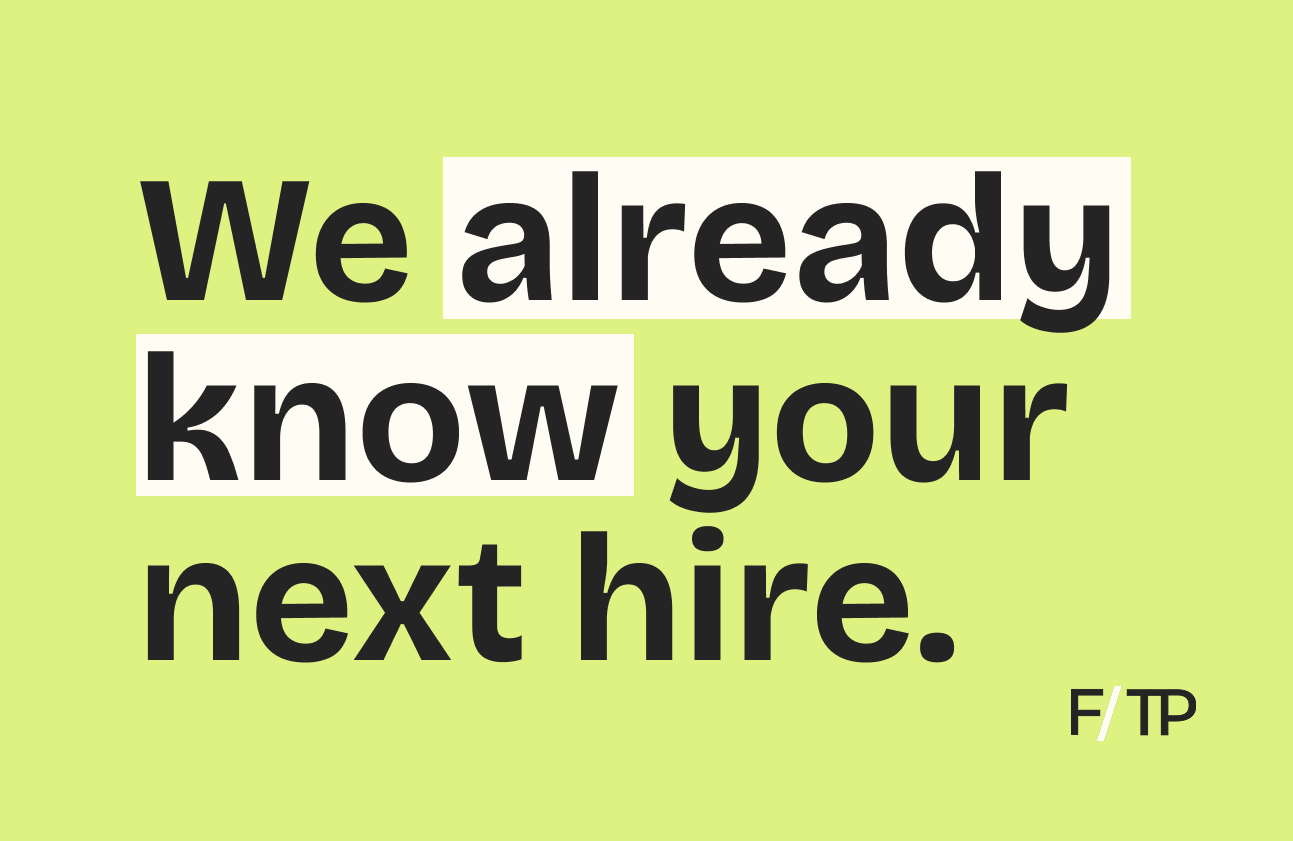
In this episode, Joe and Fritz talk about why the company changed its business model and pricing over the years. The opportunity for growth in areas like corporate benefits, wellness experiences, and streaming workouts. What makes ClassPass worth $1B. And Fritz’s plan to take the company public.
Check out an overview of the conversation below or listen to the entire episode for more.
What got you interested in ClassPass?
FL: What first caught my eye was the experience of group fitness and finding a routine rooted in variety was the most successful way for me to work out. I personally lost over 70 pounds using the service. I was a former athlete, but always struggled to get into a workout routine until I tried group fitness.
Second, from a business standpoint, I realized classes only have 30-40% capacity utilization as an industry. It felt like a great opportunity for an aggregator to come in and help fill excess capacity at the studios where business owners could have a centralized, indirect marketing channel to help improve the quality of their business.
Third, I felt uniquely situated to contribute because of my experience in technology and in building machine learning products—I saw an opportunity for algorithms to help studios maximize revenue.
I increasingly fell in love, and got more and more involved. I went from being an observer and fan, to an investor, to a board member, to running the company.
How has the business model evolved?
FL: Initially, ClassPass was unlimited workouts for $100 a month. It was a great consumer proposition, but the business model wasn’t working — it was insanely expensive for ClassPass, unprofitable for partners, and studios hated it because it devalued their direct pricing and inventory.
We migrated to the credits model where you could choose from different tiers based on your budget and amount of credits you wanted per cycle. This let us help our partners price their excess capacity according to what it’s actually worth, the expected value, and brought premium brands like Rumble or Solidcore to the platform that wouldn’t work with us previously.
It was actually really interesting and even though ClassPass got more expensive for consumers by moving to credits, our growth from the consumer side accelerated, our partner happiness and retention went way up, and ClassPass had a sustainable take rate margin structure. It was a revolutionary evolution for us, it made our model stronger and more sustainable.
Is the new model sustainable for studios?
FL: The vast majority of our partners are seeing a lot more money from the change to the credit system, so they’re psyched and appreciative, and our partner retention is off the charts. And, very few in the history of the company have left, and the number who have left have gone down since we moved to this model.
On the other hand, some partners still mistrusted or didn’t like ClassPass because of the old model. We continue to correct and update those perceptions by encouraging people to try it, and really put our money where our mouth is.
There’s certainly been challenges in terms of updating partners on why we made the changes. We acknowledged that our old model was very broken for them, and it’s taken time to earn back trust. Ultimately what matters is delivering the goods—giving them an opaque way to monetize excess capacity in a way that protects their direct business.
What factors justify the company’s billion-dollar valuation?
FL: I’m not the private equity investor, so I’m less versed on the valuation methods, but obviously the valuation is based on the revenue growth, the revenue scale, the growth rate, and the potential for the business to be much bigger since these investors are looking for a five, 10, 20 X return on their investment.
I think we have a lot of wind in our sails. First, just the secular trends in the world of people caring more about health and wellness or finding group fitness especially is super valuable and important.
Additionally, the industry desperately needs an aggregator. Most industries have an aggregator to help them fill excess capacity and the model we landed on is a really elegant one. It’s much less competitive with our partners than say an Expedia or booking.com is for hotel rooms.
And we have a model where pricing is hidden behind a subscription paywall and we’re aligned in terms of wanting to make our partners as much money as possible and not artificially lower their prices because we would make less money.
Those things have come together and people saw a great model with fast growth. Then, surveying the partners and customers, they realize people are pretty fired up about this offering.
On top of that, we’ve scaled from four to 30 countries in the last two years and are expanding some parts of the platform, so there’s a lot to be excited about in terms of the potential for ClassPass.
How big of a focus is corporate wellness?
FL: We’ve launched a big corporate business which is already a large and growing part of the business. Over a thousand companies have chosen ClassPass as the health and wellness benefit they encourage their employees to sign up for.
We’re pretty fired up about this offering and think it could be a nice part of our business. There’s a lot of competition in this space, but most employers have realized that offering a good health and wellness benefit is important for employee recruitment and retention. And they love our model because it doesn’t require them to pay unless people are actually using the benefit.
Will the company expand beyond fitness?
FL: Absolutely. The vision of the company from the beginning was about experiences. We actually had a pilot called Classtivity before we pivoted into ClassPass. It had all sorts of experiences, but didn’t really take off until we focused it on studio fitness.
Ultimately, we still want to help on the partner side. Our value proposition is providing an opaque way to clear excess capacity at revenue maximizing prices, and we hope that can transcend not just studio fitness, but also wellness. It’s very complementary and synergistic for a number of our fitness partners who also have massage or wellness treatments. So that’s a slam dunk opportunity for us.
We hope to eventually add things for experiences as well, but aren’t anywhere near adding that yet. We’ve done some experimentation with things like painting classes, and cocktail making class, and there seems to be interest from our customer, but we’re humble enough to say we have no idea if we’ll ever get to earn the right to work on that.
How has COVD-19 impacted the business and industry?
FL: It’s been devastating and few industries are getting hit as hard as fitness. We had an interesting vantage point since we have operations in China, Singapore, and Hong Kong. I think we got lulled into overconfidence because we saw effective government responses in those areas, and the resilience in the studio fitness market was strong. We saw reservation volumes collapse and then rebound and thought every Western government would emulate those responses, but that’s obviously not what’s happened.
Within about 10 days, 95% of our gyms and studio partners had to close their locations down. And our response was interesting. A lot of fitness players decided to keep charging, but we were really lucky, we had just raised a large round in December, so we had enough funds to be able to pause everybody’s billing relationship with ClassPass.
In about 10 days, we launched live streaming capabilities for all of our partners to basically try to move their businesses to Zoom or Facebook and use us to monetize that content. So we weren’t billing our customers, but if they wanted, they could buy more credits to spend on video.
We also decided to forgo commission on our partners’ video revenue because our attention very quickly went towards making sure our partners didn’t go out of business, because that’s probably the single biggest risk to ClassPass.
It’s been pretty devastating and we have a digital product we’re excited about, but to replace the scale we had achieved offline is going to take a long time. Right now we’re just doing everything we can to try to keep as many industry folks in business as possible, and to get the governments to do more to not only contain COVID, but also provide more relief to the studio fitness and individual wellness providers.
How will digital options impact the fitness industry?
FL: Our view is that the future is heterogeneous. In the same way that I think the best workout routine for each of us is some permutation between all the options out there, the same is true for offline and online workouts. Some of us don’t like digital at all, and others are fine being one hundred percent into digital. For most of us, it’s probably some combination of both.
I don’t think there’s some structural shift going to only favor digital. In fact, we’ve seen demand is incredibly resilient for offline, probably more so after people have been locked up in quarantine and they’re craving getting back out and having a shared, communal experience.
And I don’t think digital is anywhere near replicating the offline experience. There’s just nothing like the immersiveness of having that community, equipment, intimate atmosphere, camaraderie, and the instructor interaction.
Ultimately, there’s a big pie here to capture and I think both digital and offline will do fine long term.
Will ClassPass prioritize digital workouts post-COVID?
FL: Because we see the future as heterogeneous, I think digital will be a bet we make long term. We actually launched a digital product back in 2018 called ClassPass Live, and it was a heart rate based feedback system. It was actually just an experiment to see if we should build a platform that would let our brand partners have their own interactive fitness streaming product.
We decided to shelve the product because our online business was growing so fast, but with those lessons learned and that tech is why we were able to launch a video product in only 10-14 days once COVID happened. And from launching that, we learned what preferences our partners and consumers have in regards to digital. Now we’re taking those learnings and figuring out what are the next couple of shots on goal we want to take on digital.
Will ClassPass go public?
FL: Our plan is to IPO, we just don’t know when it will be. But, our goal is to be an independent generational technology company, and we feel like we’ve got a really long roadmap and a lot left to prove and learn and iterate through.
If you look at the history of our company, one thing I’m proud of is that we haven’t always been right or perfect, but we’ve always been committed to iterating and figuring out how to earn the right to go after the next big opportunity. And it’s been fun. I see us continuing to do that as an independent company.
**Note: Fritz’s answers have been edited for brevity and cohesion.
About Fritz Lanman:
Fritz Lanman is the CEO of ClassPass and previously served as Executive Chairman. He has been involved with the company since 2013 when he led both the Seed and Series A financing. In addition to his role at ClassPass, he is an active angel investor who backed Square, Pinterest, Wish and several other companies. Before ClassPass, Fritz founded Livestar, Verst and Doppler Labs and worked in Product Management and Corporate Strategy at Microsoft.





